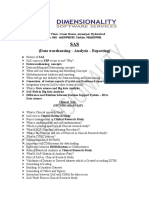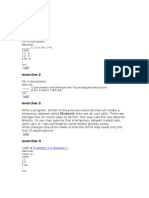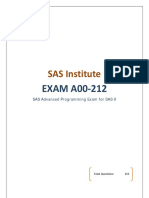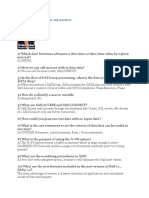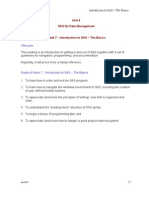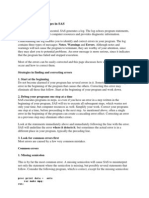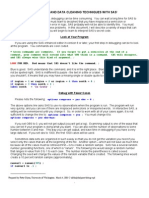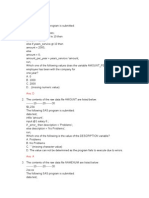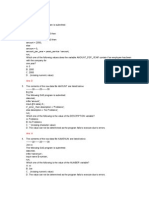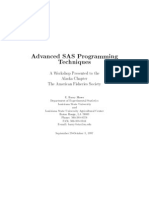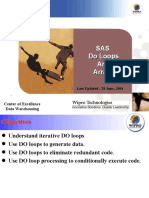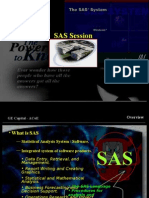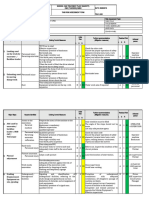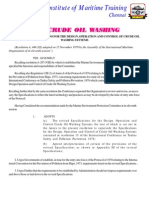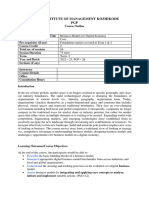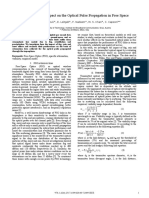0% found this document useful (0 votes)
4K views20 pagesSAS Error Handling Guide
This document discusses error handling in SAS programs. It describes four types of errors: syntax errors detected during compilation, semantic errors detected during compilation, execution errors detected during execution, and data errors detected during execution. It provides examples of each error type and how SAS handles and reports them. Debugging techniques are also discussed, including using the DATA step debugger to identify logic errors by examining variable values and tracing program execution.
Uploaded by
sarath.annapareddyCopyright
© Attribution Non-Commercial (BY-NC)
We take content rights seriously. If you suspect this is your content, claim it here.
Available Formats
Download as PPT, PDF, TXT or read online on Scribd
0% found this document useful (0 votes)
4K views20 pagesSAS Error Handling Guide
This document discusses error handling in SAS programs. It describes four types of errors: syntax errors detected during compilation, semantic errors detected during compilation, execution errors detected during execution, and data errors detected during execution. It provides examples of each error type and how SAS handles and reports them. Debugging techniques are also discussed, including using the DATA step debugger to identify logic errors by examining variable values and tracing program execution.
Uploaded by
sarath.annapareddyCopyright
© Attribution Non-Commercial (BY-NC)
We take content rights seriously. If you suspect this is your content, claim it here.
Available Formats
Download as PPT, PDF, TXT or read online on Scribd
/ 20









